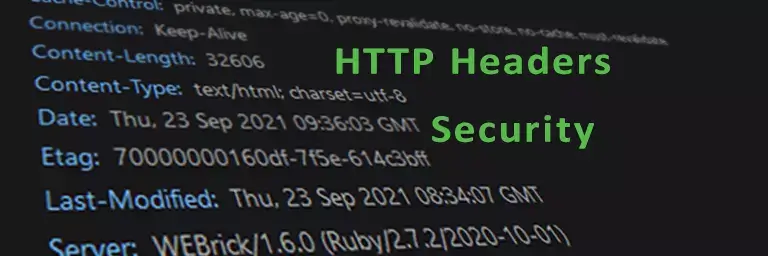A passive vulnerability scan is a type of security scan in which the scanner sends no unusual request to the server. It is like a visitor browsing the site.
Let’s review the benefits of a passive vulnerability scan.
Pick Low Hanging Fruits
Browsing the website is the first thing hackers and security experts do when evaluating a website’s security. It is called a passive scan. Many problems can be identified just by looking into the source code of web pages. Issues like Vulnerable WordPress Version, Application Errors and, Password Over Unencrypted Channel are some of such problems. Intercepting requests and responses between the browser and the server can also reveal many weaknesses. For example, you can detect cookie vulnerabilities just by looking into the web server’s response headers.
Less Impact
Passive scan comparing to active scan is less risky for the availability of the web application. Since no unexpected request is sent to the web server, the server should be able to handle the scan like any other visitor.
⛔ In passive scans, all URLs are visited so, if there are links that perform actions like deleting accounts or files, passive scans can still be dangerous.
Bypass Web Application Firewalls
Websites usually use WAFs to stop attacks in the production environment. Passive scans don’t trigger any alarm on WAFs most of the time. So, the scan can proceed without getting blocked by the firewall.
No Schedule Required
Active vulnerability scans usually put a lot of pressure on the web application. That’s why they should be performed at a scheduled time to reduce the risk. But passive tests can be conducted at any time, just like website visitors that can browse the site anytime.
Fast Security Scan
Browsing a website is fast, so does a passive scan. Passive scans are speedy because they send fewer requests to the webserver. Also, there is less chance of getting caught by WAF that might slow down the scan.
How To Perform A Passive Scan?
You can use SmartScanner— the smart vulnerability scanner, to perform a passive scan. Download SmartScanner and install it. Open SmartScanner and enter your website address then, click on the gear icon in input field; On the config page, select the “Passive” test profile. Now go back to the start page and click on “scan”; Wait for the scan to finish and check the issues.
Is Passive Scan Enough?
Definitely no! You should perform full comprehensive scans to have a thorough security test. Passive scans are excellent for a quick evaluation of the website’s security, especially when a full scan is not an option.



